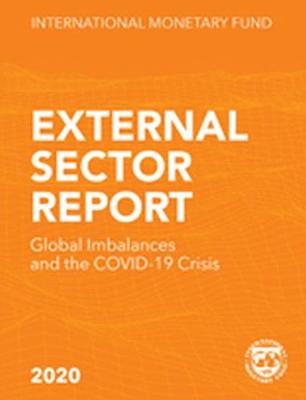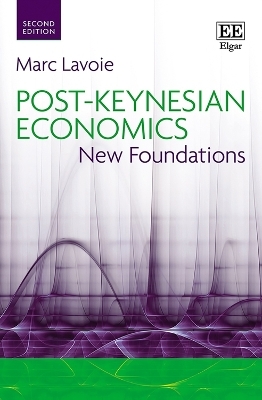
External sector report
global imbalances and the COVID-19 Crisis
Seiten
2020
International Monetary Fund (IMF) (Verlag)
978-1-5135-4901-9 (ISBN)
International Monetary Fund (IMF) (Verlag)
978-1-5135-4901-9 (ISBN)
Produced since 2012, the IMF's annual External Sector Report analyzes global external developments and provides multilaterally consistent assessments of external positions, including current accounts, real exchange rates, external balance sheets, capital flows, and international reserves, of the world's largest economies.
Produced since 2012, the IMF's annual External Sector Report analyzes global external developments and provides multilaterally consistent assessments of external positions, including current accounts, real exchange rates, external balance sheets, capital flows, and international reserves, of the world's largest economies, representing over 90 percent of global GDP. Chapter 1 discusses the evolution of global external positions in 2019, external developments during the COVID-19 crisis, and policy priorities for responding to the crisis and for reducing excess imbalances over the medium term. Chapter 2 analyzes the relationship between the structure of external assets and liabilities–the components of the international investment position–and the risk of external stress events. It also assesses how heightened global risk aversion, as during the COVID-19 crisis, amplifies these risks. Chapter 3, "Individual Economy Assessments," provides details on the different aspects of the overall external assessment and associated policy recommendations for 30 economies. This year's report and associated external assessments are based on the latest vintage of the External Balance Assessment (EBA) methodology and on data and IMF staff projections as of July 15, 2020
Produced since 2012, the IMF's annual External Sector Report analyzes global external developments and provides multilaterally consistent assessments of external positions, including current accounts, real exchange rates, external balance sheets, capital flows, and international reserves, of the world's largest economies, representing over 90 percent of global GDP. Chapter 1 discusses the evolution of global external positions in 2019, external developments during the COVID-19 crisis, and policy priorities for responding to the crisis and for reducing excess imbalances over the medium term. Chapter 2 analyzes the relationship between the structure of external assets and liabilities–the components of the international investment position–and the risk of external stress events. It also assesses how heightened global risk aversion, as during the COVID-19 crisis, amplifies these risks. Chapter 3, "Individual Economy Assessments," provides details on the different aspects of the overall external assessment and associated policy recommendations for 30 economies. This year's report and associated external assessments are based on the latest vintage of the External Balance Assessment (EBA) methodology and on data and IMF staff projections as of July 15, 2020
| Erscheinungsdatum | 16.01.2021 |
|---|---|
| Verlagsort | Washington, DC |
| Sprache | englisch |
| Themenwelt | Wirtschaft ► Volkswirtschaftslehre ► Finanzwissenschaft |
| Wirtschaft ► Volkswirtschaftslehre ► Makroökonomie | |
| Wirtschaft ► Volkswirtschaftslehre ► Ökonometrie | |
| ISBN-10 | 1-5135-4901-4 / 1513549014 |
| ISBN-13 | 978-1-5135-4901-9 / 9781513549019 |
| Zustand | Neuware |
| Informationen gemäß Produktsicherheitsverordnung (GPSR) | |
| Haben Sie eine Frage zum Produkt? |
Mehr entdecken
aus dem Bereich
aus dem Bereich
eine Einführung in die Staatsfinanzen
Buch | Hardcover (2024)
Vahlen (Verlag)
39,80 €
New Foundations
Buch | Softcover (2022)
Edward Elgar Publishing Ltd (Verlag)
64,75 €


